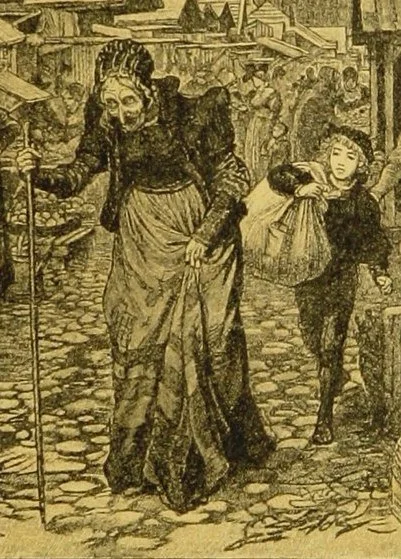Cars Of: photographs by Gwenn Carter
“Gwenn Carter, vagabond high priestess of the road, captures street-side rides from the West coast to the East and back again in this automotive photo compendium of the good vans, trucks, and low-rider, classic, and debonair cars of Carter’s occasional neighborhoods.”
Volume II of a limited edition subscription series of small books from Buena Vista Press*
June 13th reflections brought on by Cars Of as I went through the book slowly, page by page:
Triskaidekaphobia day. Numerologically 13 is not so bad. Add the digits, 1+3=4, and it settles on the number for the material world, 4, the firm, solid 4-legged table, 4-sided square of physical reality. Well, we hope it’s solid. At least long enough to travel through/on it from A to B. Soil liquefaction, in earthquake or quicksand, is fascinating in how it upends, literally, the fundamental given of solid earth. What is perceived by the senses as a cohesive unit is actually made up of fragments that can separate and swallow. Scenes in movies where the seemingly solid loosens its inner bonds and sucks inside itself some hapless human (The Dressmaker*) feel horribly true to me since I don’t trust the outer world. Now that I’m on blood pressure medication I have intermittent dizzy spells that confirm my suspicions. This instability cannot come from me. Surely it’s the dangerous place outside me that trembles and sways.
These rambling, undirected thoughts emerge as I look for hidden doors in Gwenn’s photos. Surely there is some way to get inside the solid picture, to get inside the solid car. Find a door, open it, come out on another side where something happened of which I am unaware.
Recently read When the Dust Settles* by Lucy Easthope. She’s a disaster recovery professional and her focus is helping survivors in the aftermath, especially after media attention has forgotten them. She uses a Welch word, hiraeth, that she says encapsulates the feeling of loss that comes after disruption. “Hiraeth is a longing for a place to which there is no return, an echo of something that can never be found, a heartsickness for something that no longer exists and a time that can never be gone back to.” Many of these photos express hiraeth. Only, as a viewer, I cannot see what it was that once existed nor how it ended nor in what catastrophic event. I cannot know what was lost, only that it was something unique from which I am excluded.
When Gwenn’s lovely book first arrived in the mail I flipped through it and put it down. Text-driven that I am, photo essays don’t catch me right away. I have to ease into them.
So I did and happily discovered the limited text in secret places. My favorite may be the compass rose with “Lost Street Found View” or perhaps “View Lost Street Found,” or perhaps “Lost & Found Street View.” A magnifying glass revealed this. Where are these lost streets that Gwenn’s “magpie eye” found?
It was a good call to put the text late in the book so the photos are approached first without any context, just as the cars, parked and silent, appear without context to the passerby. And speaking of passersby, the most insistent, unsettling feature of Gwenn’s photos is that “empty of people” aspect.
A definition of the uncanny I read recently: when an inanimate object is able to mimic human action but lacks within it the animating force that allows a human to drive that action (pun intended). So, a working body without a soul. For the effect to be disturbing, a viewer has to assume that body and soul are distinct and separate. Many of Gwenn’s cars (especially the older, shabbier ones) have an uncanny cast to them. What human-like action are they doing? They are waiting. They wait eternally, like people at the DMV, but without self-awareness and without impatience, and they can continue to wait, if need be, until their paint peels and their tires dry rot.
An empty car in a parking lot isn’t like a motionless outcropping of rock oblivious to humans and their timescale. It isn’t like a house that is settled in place and has a kind of existence independent of the people going into and out of it. A vehicle needs its person — the ghost inside its machine. A driver and car represent so well the duality of spirit and matter, mind and body, animated soul and the inanimate shell it occupies. That’s when the two operate together. But a funny thing happens when an old car is abandoned. It challenges the divide. Yes, it still needs a driver to get on the road. But the car has about it — the dated silhouette, the dings and scrapes or the spiffy new paint job — an echo of history, of miles driven and fender-benders survived and destinations arrived at, and the car contains yet conceals all that information as it waits for something more to happen. The inanimate is not inert. It is both solid and ghost. I like the pagan idea of matter infused with spirit — dryads in trees and minor gods in rivers. Why not some stoical, bovine-like presence permeating the steel, plastic, and glass of a contemporary machine?
A mild but deep sadness, a cousin of hiraeth, is what I experience, excluded as I am from the car’s secret history. Something vibrant happened before and can never be gone back to and I will never know what it was.









